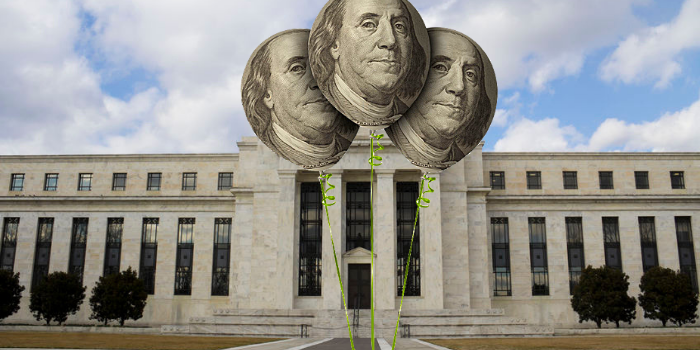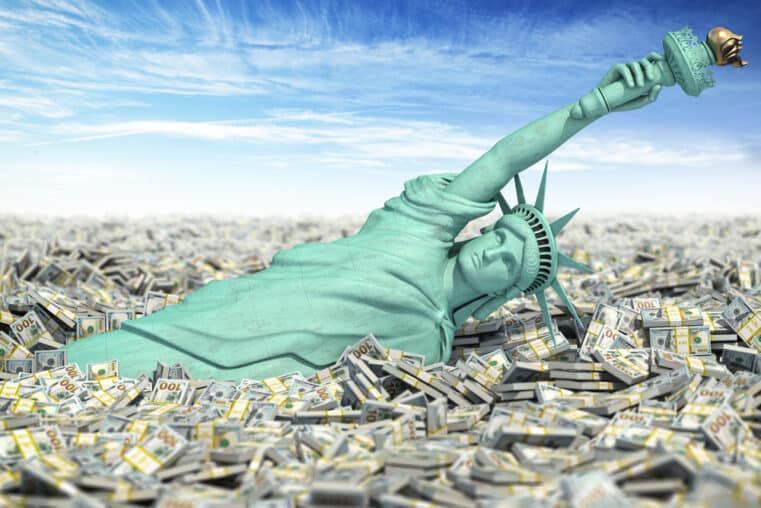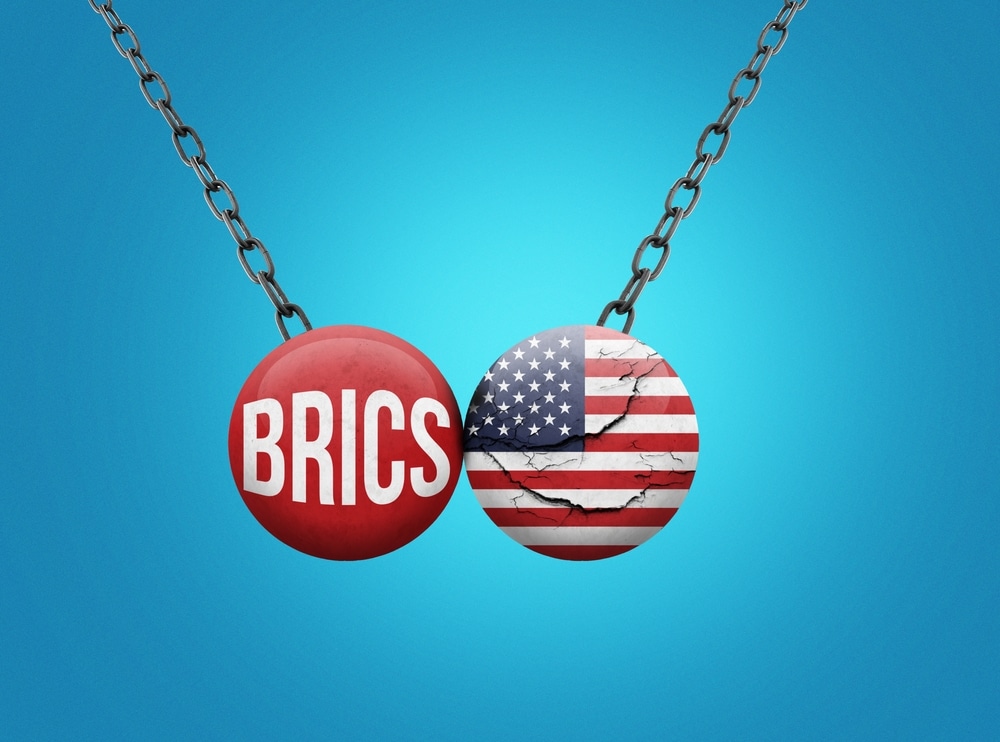
With Inflation Rising, There’s No Stopping the Fed From Hiking Rates
Over the last few weeks, stock investors, many of whom saw no possible end to the largest bull market in history, have been battered by a series of brutal market plunges.
Remember, the Fed played a prominent hand in moving the (inflated) economy and bull market along. And now, they are hell-bent on reversing it all, as signs of inflation are everywhere.
According to the meeting minutes released last week, Fed officials believe that they must continue hiking interest rates until the economy adequately slows down.
Hardly anyone took an opposing stance on monetary tightening. Very few officials saw an “absence of clear signs of an overheating economy and rising inflation.” A few did, but the majority were hawkish.
Although the minutes didn’t specify how high the Fed might hike interest rates to slow the pace of an economy that they fear may potentially overheat, you might recall that Jerome Powell stated during the Atlantic Festival in Washington that the Fed may be willing to push above the “neutral rate of interest,” a historical precursor to almost every bear market in the US.
Some economists, like Paul Ashworth of Capital Economics, believe that rates will be pushed up above 3% by the end of 2021. Others, like Sal Guatieri of BMO Capital Markets, while not speculating on a specific level, just believe that the tightening may be extended.
In the long-term, 3% fed funds rate might be considered a neutral rate of interest, neither slowing nor boosting economic growth. But what does this mean for the short-term? The minutes didn’t specify.
What the minutes did say is that “there is considerable uncertainty surrounding all estimates of the neutral federal funds rate.”
So if the “neutral rate” were something of a North Star to help the Fed navigate monetary policy, then they just admitted either that they can’t see it quite yet, or they may not be able to recognize it once they do find it, or that they are not certain their navigational tools are up to the task of finding or recognizing it.
One near certainty: come December, expect another rate hike, as Fed officials have agreed that “further gradual increases in the target range for the federal funds rate” would be necessary.
The Fed minutes specified that several of its measures have firmly indicated signs of inflationary pressure. They noted that labor costs have accelerated but that wage gains have been “moderate.”
In other words, the rising costs of goods are outpacing your ability to make more money to pay for those goods. While the money you do have may be rapidly losing its purchasing power.
A number of Fed officials expect inflation to exceed the Fed’s 2% inflation target rate “for a period of time.” They also identified certain risks stemming from trade disputes, the growing divergence between US and foreign economic growth, and the strengthening dollar.
It’s also interesting to note that with the Fed’s gradualist approach, they have now removed their gradualist language that “the stance of monetary policy remains accommodative,” as they do not want to convey “a false sense of precision” as to when that neutral rate of interest will be reached.
Bear in mind that this statement alone (in Powell’s opening speech at Jackson Hole) was partly responsible for the market rally that ensued on that same day.
No Clearer Sign Than Now to Hedge Your Portfolio
The proverbial “writing on the wall” has been there for quite some time. But now, the “writing” has been replaced by blinking neon signs placed there by the Fed itself.
Inflation directly impacts your purchasing power, and there is no better hedge than gold and silver. The value of your cash will be eroded, and so will anything else--stocks, bonds, annuity payments--that holds dollar-based value.
History has shown that bull markets are longer and stronger than bear markets. But it always happens in cycles. What we are about to undergo is a necessary and inevitable down cycle.
This doesn’t mean that you should dump every dollar-based security in your portfolio. But it also doesn’t mean that you should follow the failed advice that every financial advisor touts--to hold a 70/30 bond-to-stock allocation. Remember, neither of those will protect you from inflation.
Instead, you might want to consider what legendary investment guru Harry Browne’s suggested, keeping a “Permanent Portfolio” of 25% stocks, 25% bonds, 25% cash and 25% precious metals. To learn more about this, see the article we published last week on the myth of diversification.
Why consider this particular allocation? It’s the only portfolio model that has proven to provide growth and protect against inflation from 1926 to the present.











